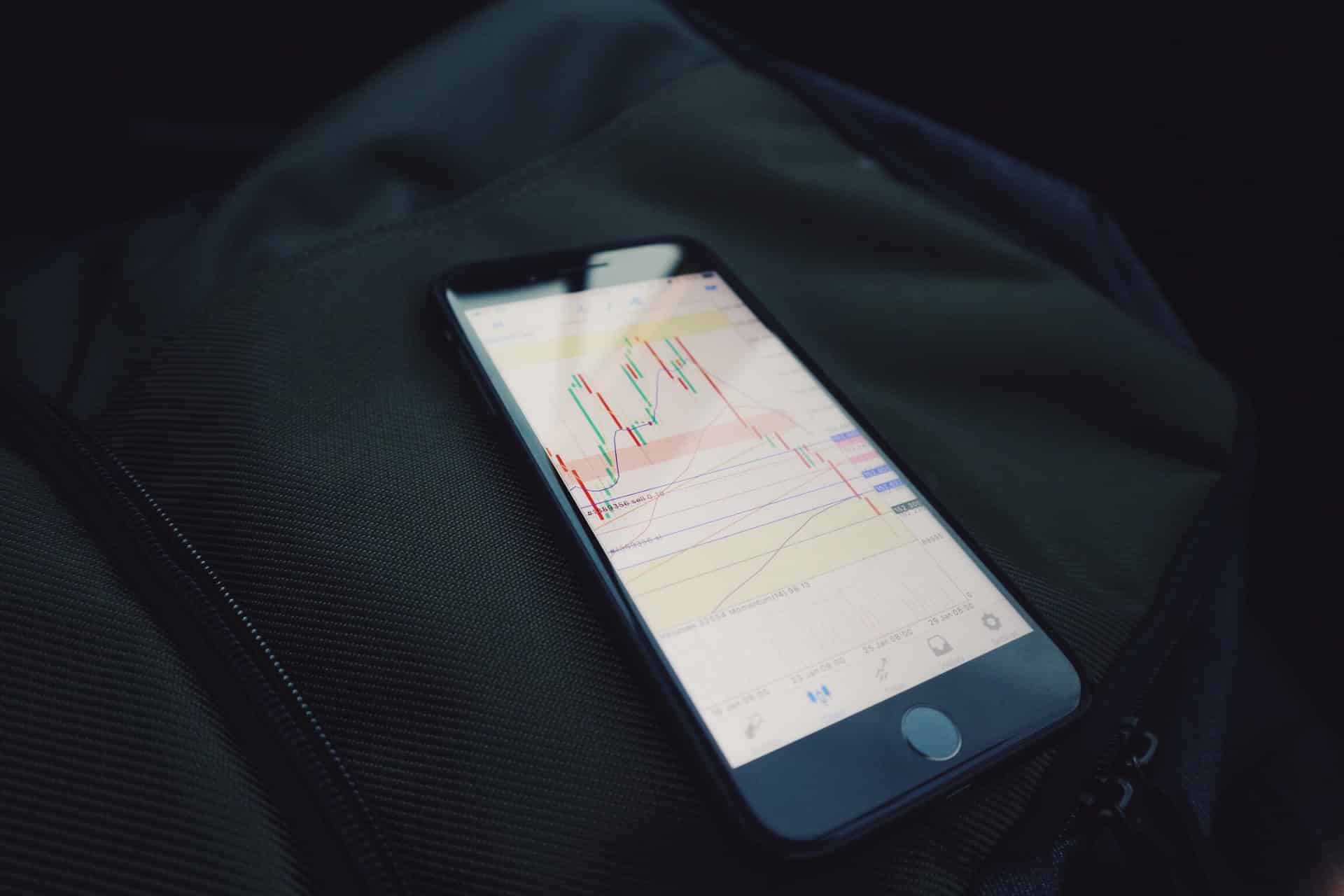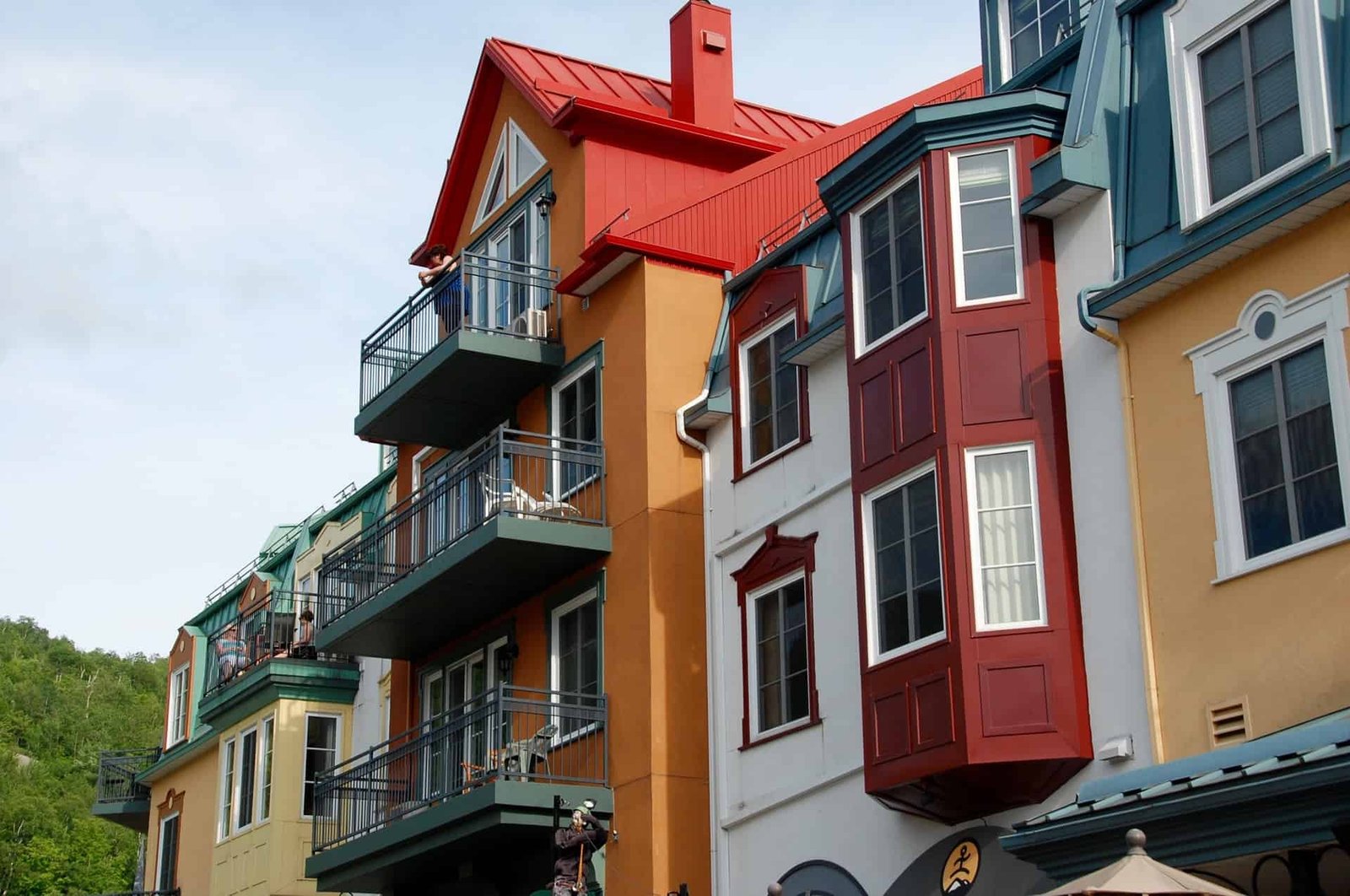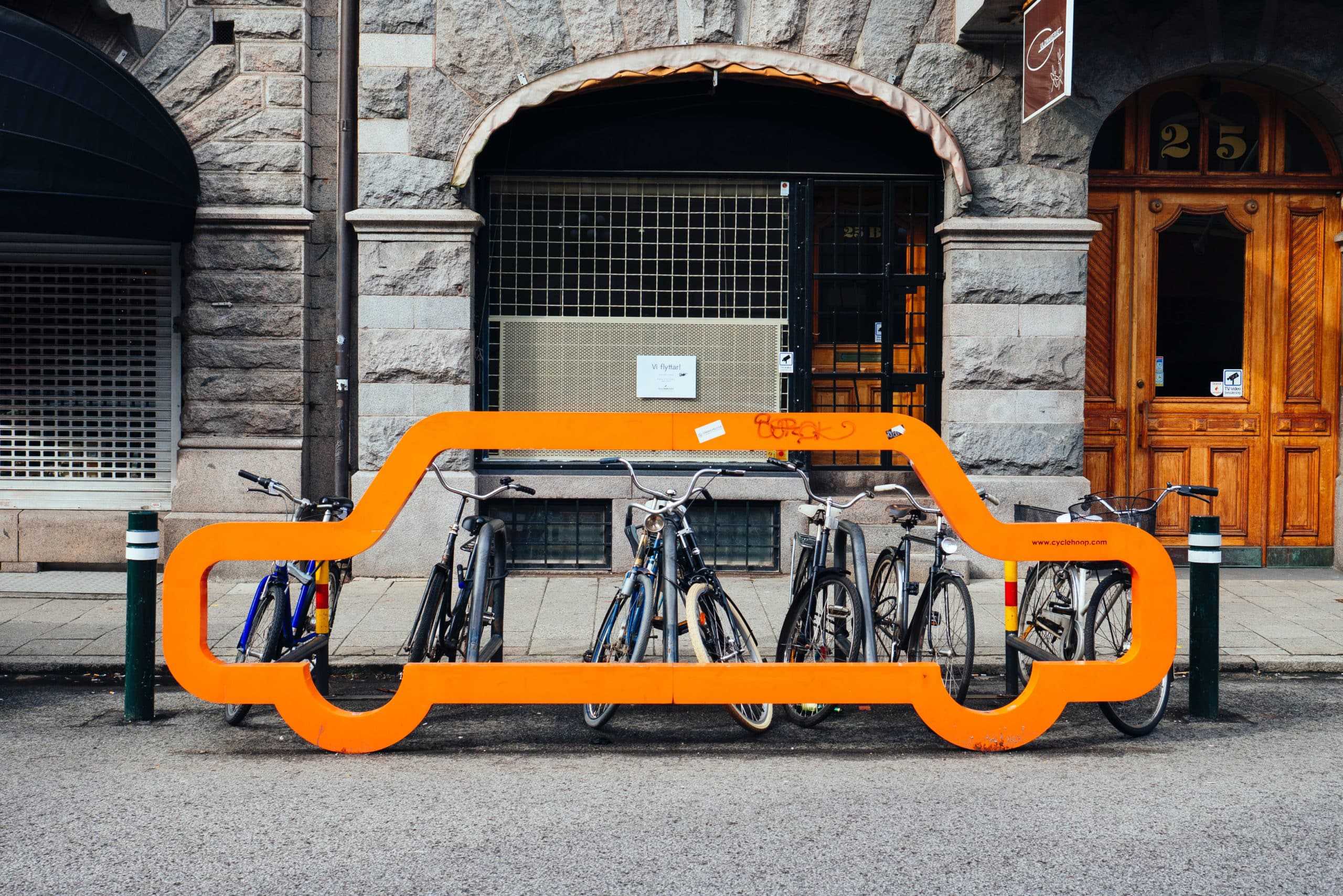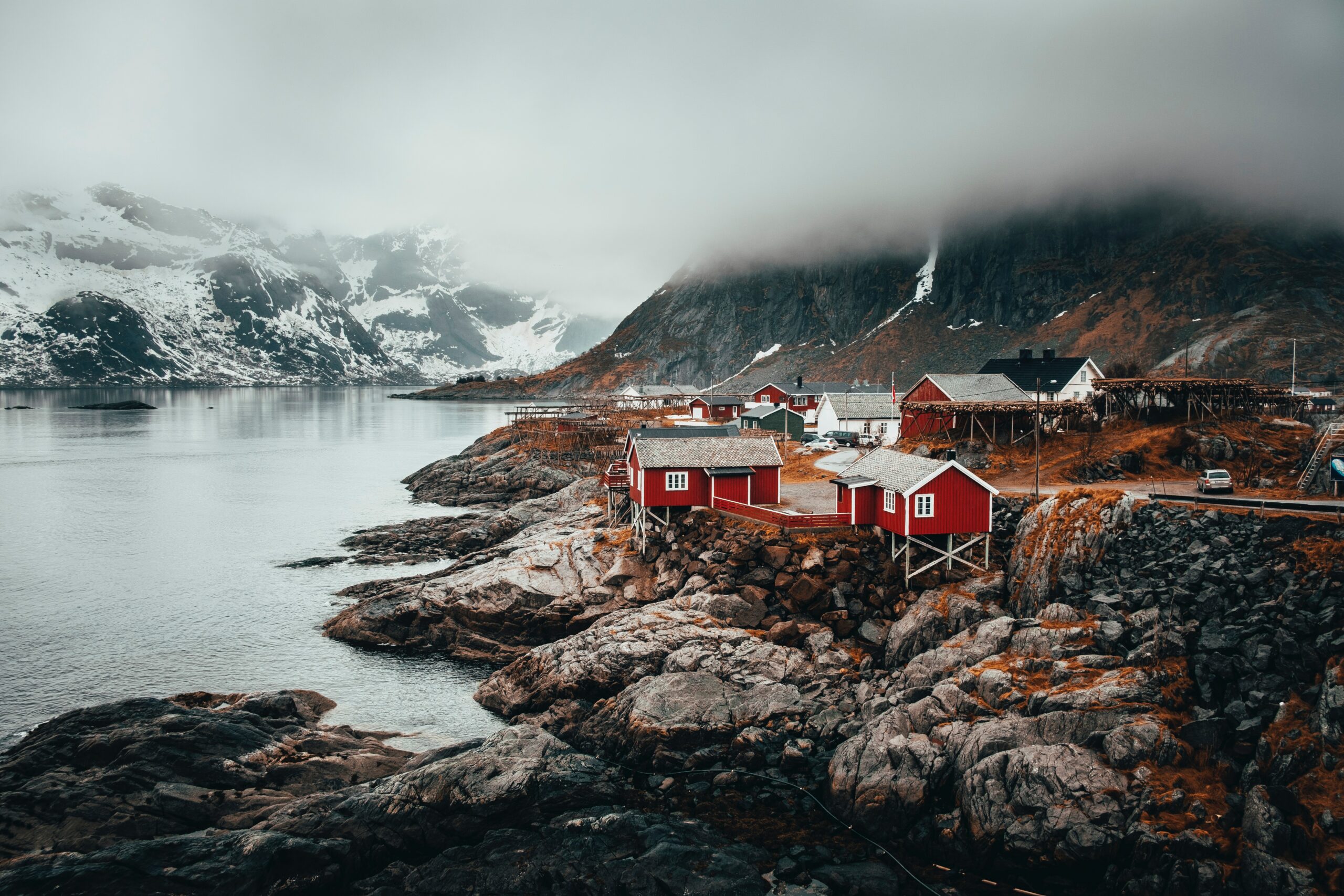
Clarity about Scandinavia, Schengen and Nordics
For someone having plans to immigrate to Europe, so much may seem clear until when inside that the hidden complexity comes out. Outside there, so many consider Europe as an almost perfect homogenous society, at least on how they do their things. While the continent largely works as a body under the EU commission, there still exists a couple of social and economic partnerships or blocs with regulations. So one better get to learn Scandinavia, Schengen Area and Nordics well right now.
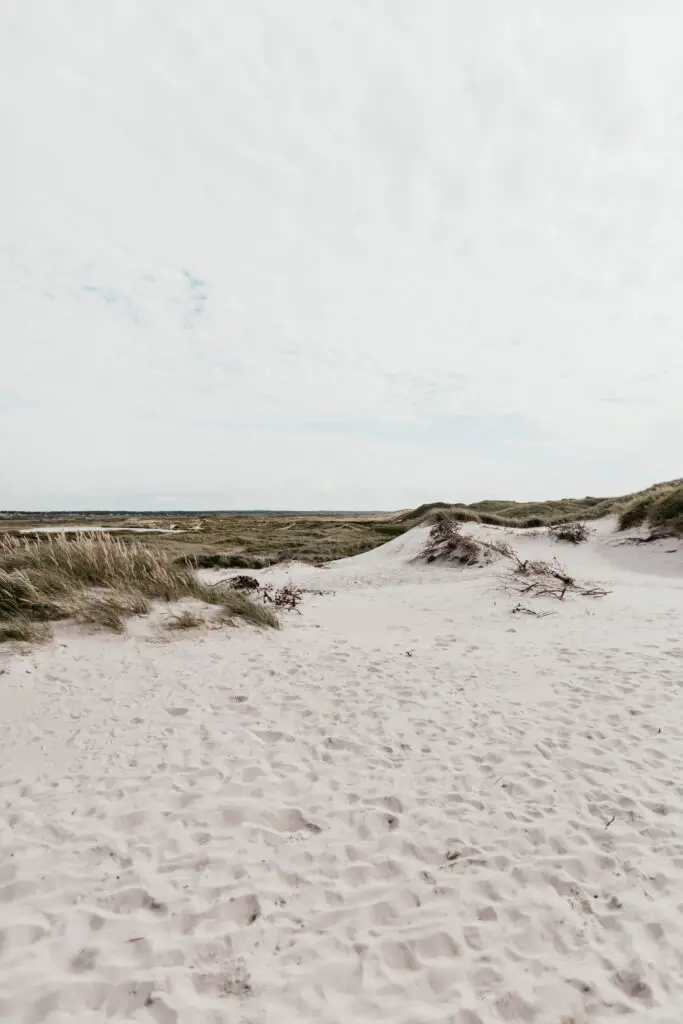
Any time a person applies for a visa from outside to travel to Europe, a Schengen visa gets issued. It also comes with the particular name of the destination country one will first arrive. This port of arrival counts as home for the period. Maybe you could be curious to know as circumstances may demand, certain regulations about each of these small blocs in the Schengen area.
Names of regional blocs you need to get acquainted with
While the internet today gives us an answer to almost everything we may need just by a simple click, having an idea on what to search matters a lot. Imagine being in Europe and someone tells you she or he is a balkan, mediterranean or scandinavian. You may at first have surprises written all over your face. Inwardly you’d be like aah! I thought you’re a European. But never mind, there’s a partition of Europe though not always widely talked about as the umbrella tag Europe covers everything up.
In Europe, the phrases Nordic, Schengen, and Scandinavia don’t apply.interchangeably as it is a case in the other parts of the world. In fact, talking of these places as if they meant the same thing would be ignorance even from what the books record about them.
Schengen area
Now that you’ve decided never to fall into the trap of ignorance, be aware that Schengen represents a zone. The zone has up of 26 European countries. So the visa issued at the embassy or consulate basically gives you a chance to visit all these countries without having to show any extra identification.
The vast Schengen area records so many immigration within and outwards as well as inwards each year. The economic activities and deep ties that most of the Schengen countries have established over time makes the region so lovely. In fact, in the hierarchy of laws, there are cases in which the Schengen or EU laws overrule other country-specific laws. This can be important but for an immigrant struggling to process a stay or change residency status. Invoking the EU laws in some instances and with a good lawyer may just save your poor skin at the fangs of deportation.
Important issues that any immigrant may want to learn about each of the Schengen countries can be found here.
The Nordic Region
The Nordic Region comprises five sovereign states of Denmark, Sweden, Norway, Finland, and Iceland. However, the three autonomous territories connected to these five states of Greenland, Faroe Islands and Aland also form part. All these form a distinctive region tied along their historical ties. The regions also have a strong intergovernmental cooperation on national boundaries.
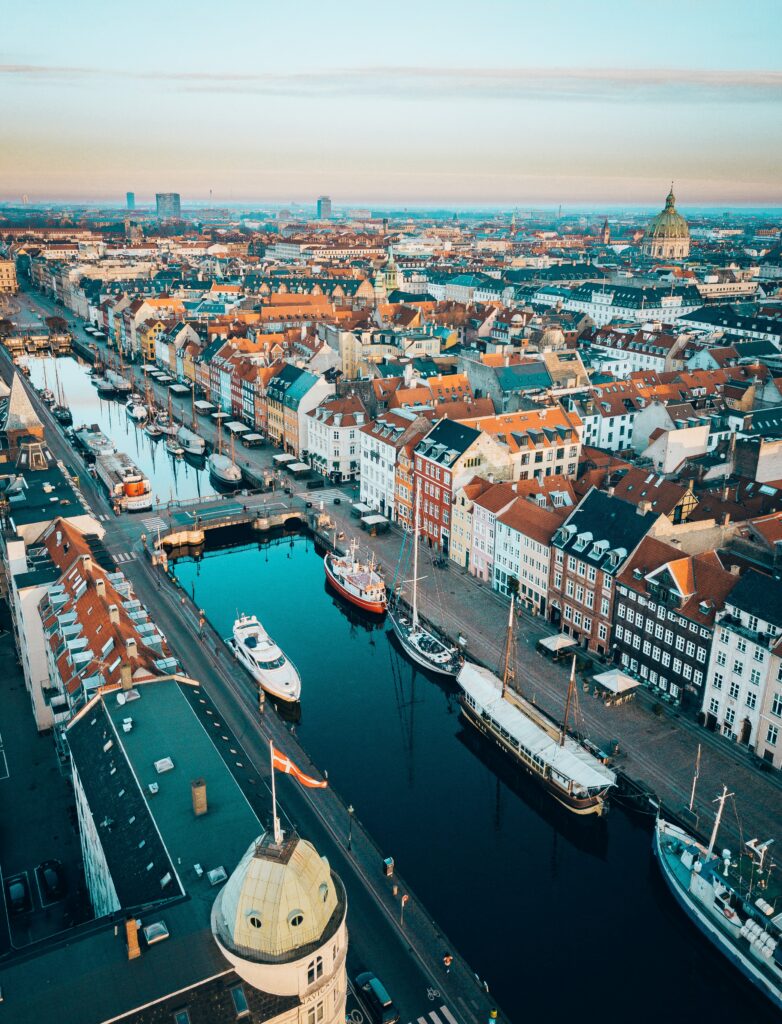
To understand this better, have a step by step understanding. To start off, Norden literally means the “North” across the Norwegian, Swedish, and Danish languages. Northern was a designation for this region at least until the 1950s. Besides, the French also came up with the phrase “le pays Nordiques” which simply means the Nordic countries. It is a common term to bring together all the five northern states in Europe under one umbrella that all these countries accept.
A question that you will frequently come across is, where is Scandinavia? Though one may think that this could be a simple question to answer, it may just turn out to be harder. You must know that what really makes up Scandinavia may change depending on the context of geography, culture, and language.
Evidence that you may also want to check out points to the fact that Scandinavia came about in the 18th century. It has something to do with the efforts of Danish and Swedish Universities championing the common history, arts, culture, and mythology that existed among three states; Denmark, Sweden, and Norway.
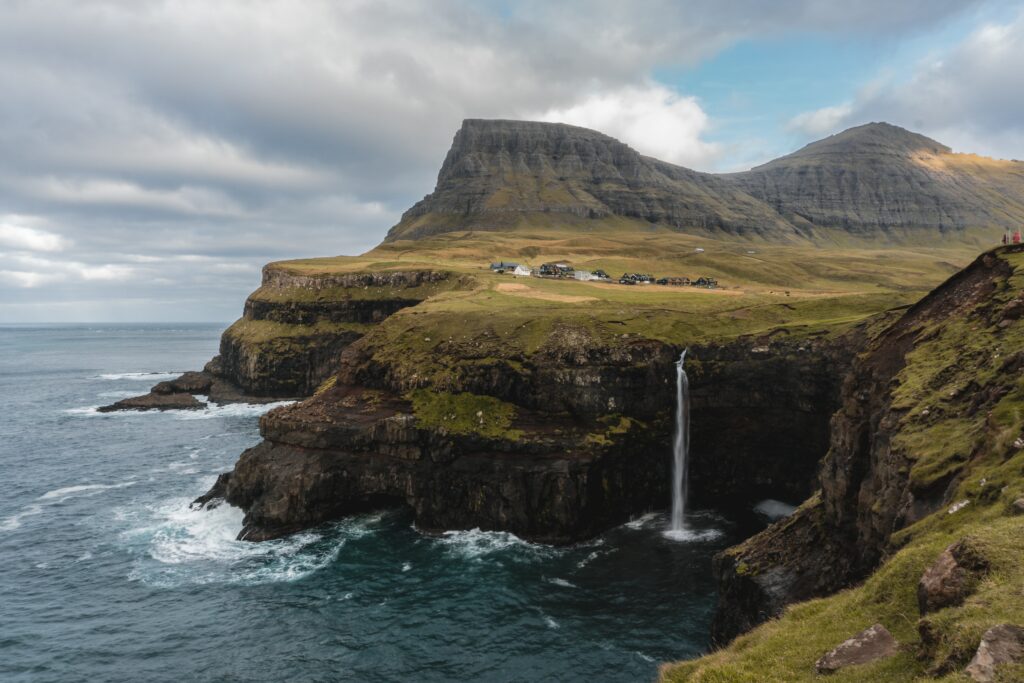
Just so that you feel more coincident about this topic, maybe try bragging that the original phrase in this concept was “Scania.” Scania means the southernmost province in Sweden that gave birth to this term “Scandinavia”. Denmark, and Norway initially worked united under one kingdom, a reason behind their common love for hygge.
Norway and Sweden were also under one kingdom until Norway attained its independence. Therefore, Scandinavia forms a group of countries which include Denmark, Sweden, Norway but sometimes Finland, Iceland and the Faroe Islands are inclusive.
What Really Makes a Difference Between these Three Regions?
Its quite common to find that people don’t always have a common agreement on the definitions about the Nordics and Scandinavia. Usually when the word Nordic features in, things become even more complex when tackling the Nordic and Scandinavian region. It appears to mean more or less the same given the fact that the two tend to have some things in common. For this reason, some individuals are always using Scandinavia and Nordic interchangeably while others will ensure to add a specified meaning to each region.
To some people, Scandinavia only comprises Denmark, Norway, and Sweden without Finland and Iceland. Whereas the term Scandinavia describes the broader region, Nordic is becoming much more popular given that it is a much more flexible concept. It has completely changed both its meaning and the geographical context at different times and undoubtedly continues to do so.
The Schengen area on the other hand, comprises all 26 European countries but not all the EU states form part of it. Ireland for instance remains. Others like Romania, Bulgaria, Croatia, and Cyprus, are making efforts to become part of this area. However, you must take into consideration the existence of some European states in this area yet they are not part of the EU. For example, Iceland, Norway, Lichtenstein and Switzerland.
